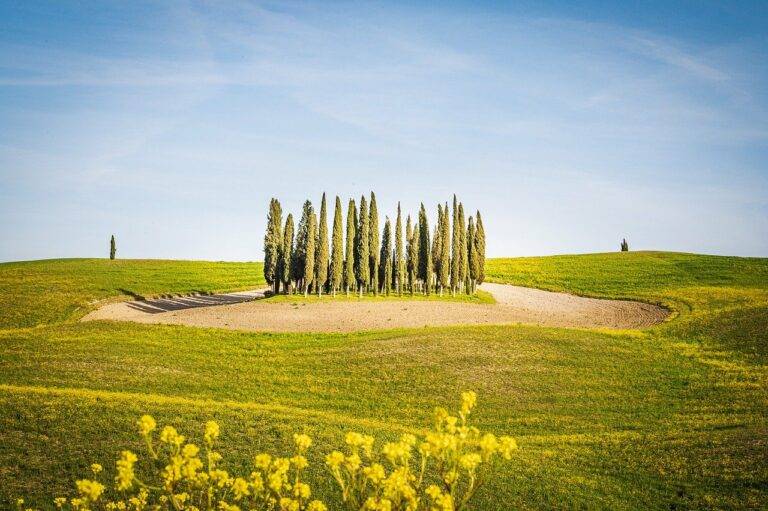Exploring Sacred Sites Around the World: Pilgrimages to Spiritual Centers
Varanasi, one of the oldest continually inhabited cities in the world, holds profound spiritual significance for Hindus. Situated on the banks of the sacred river Ganges, Varanasi is a place where pilgrims come to cleanse their souls through ritual baths and cremations. The narrow labyrinthine streets are filled with temples, ashrams, and bustling markets, creating a vibrant tapestry of devotion and tradition.
Rishikesh, known as the “Yoga Capital of the World,” is a serene town located in the foothills of the Himalayas. It is a haven for spiritual seekers, offering a tranquil environment for meditation, yoga, and self-reflection. Rishikesh is also where the holy river Ganges emerges from the Himalayas, making it a significant pilgrimage site for Hindus seeking spiritual purification and enlightenment.
Sacred Sites in Europe: Lourdes, Santiago de Compostela, and Fatima
Lourdes, a small town in southwestern France, is widely known for the Marian apparitions that occurred there in 1858. Every year, millions of pilgrims visit the Sanctuary of Our Lady of Lourdes to pray for healing and spiritual guidance. The grotto where Saint Bernadette Soubirous is said to have seen the Virgin Mary is a focal point for visitors seeking solace and miracles.
Santiago de Compostela, located in northwest Spain, is famous for being the final destination of the Camino de Santiago pilgrimage route. The Cathedral of Santiago de Compostela, which houses the remains of Saint James, attracts pilgrims from all over the world. Walking the Camino is a transformative experience for many, as they navigate the ancient paths and connect with fellow travelers on a journey of faith and self-discovery.
Sacred Sites in Asia: Mount Kailash, Angkor Wat, and Borobudur
Mount Kailash, located in the Tibetan Autonomous Region of China, is considered one of Asia’s most revered sacred sites. This striking peak is considered sacred in Hinduism, Buddhism, Jainism, and Bon, making it a significant pilgrimage destination for followers of these religions. The circumambulation of Mount Kailash, known as the Kora, is a challenging trek that holds deep spiritual importance for pilgrims seeking enlightenment and blessings.
Angkor Wat, situated in Cambodia, is a UNESCO World Heritage Site and the largest religious monument in the world. Built in the 12th century by the Khmer Empire, Angkor Wat is a stunning example of classical Khmer architecture and is dedicated to the Hindu god Vishnu. Its intricate bas-reliefs and towering spires attract visitors and pilgrims alike, who come to marvel at its beauty and experience its spiritual ambiance.
What makes Mount Kailash a sacred site in Asia?
Mount Kailash is considered sacred by Hindu, Jain, Buddhist, and Bon followers, as it is believed to be the abode of Lord Shiva and a place of spiritual significance.
Why is Angkor Wat considered a sacred site in Asia?
Angkor Wat is a Hindu temple complex in Cambodia dedicated to the god Vishnu, representing an important religious site for followers of Hinduism.
What is the significance of Borobudur as a sacred site in Asia?
Borobudur is a Buddhist temple in Indonesia, known for its intricate carvings and architecture. It is considered a sacred site for Buddhists and a place for pilgrimage and meditation.
Are these sacred sites open to visitors?
Yes, these sacred sites are open to visitors, but it is important to respect the religious practices and traditions of the local communities when visiting these sites.
Can visitors participate in any religious ceremonies at these sacred sites?
Visitors may have the opportunity to participate in religious ceremonies or rituals at these sacred sites, but it is recommended to seek guidance from local religious leaders or guides to ensure respectful participation.





